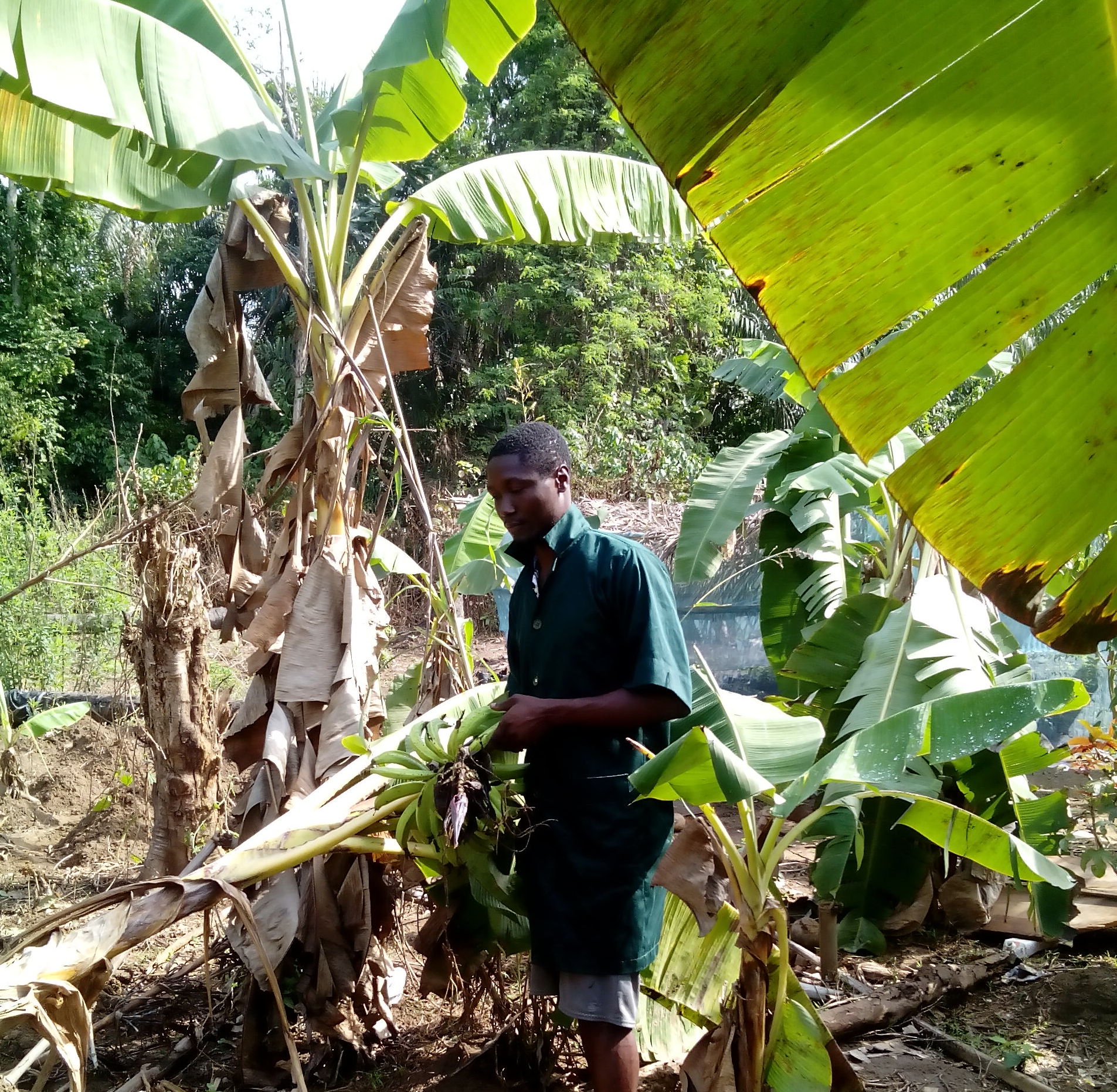Plantains and bananas belong to the same family of plants, but they are two different varieties. The trees are closely related, but there are some key differences between the two:
- Fruit: The fruit of a banana tree is typically smaller and sweeter, while the fruit of a plantain tree is larger and less sweet. Plantains are also starchier and denser than bananas.
- Culinary uses: Bananas are often eaten raw, while plantains are typically cooked before eating. Plantains can be boiled, fried, baked, or roasted, and are often used in savory dishes.
- Growing conditions: Banana trees are more tolerant of cool temperatures and higher elevations, while plantains prefer warmer temperatures and lower elevations. Plantains also require more water and fertilizer than bananas.
- Appearance: The leaves of a banana tree are typically larger and more elongated than the leaves of a plantain tree. The fruit of a banana tree is also typically more curved, while the fruit of a plantain tree is more angular.
- Cultivars: There are many different cultivars of both banana and plantain trees, each with its own unique characteristics. However, in general, plantain cultivars are often more resistant to pests and diseases than banana cultivars.
In summary, while banana and plantain trees are similar in many ways, they have some key differences in terms of fruit, culinary uses, growing conditions, appearance, and cultivars.



